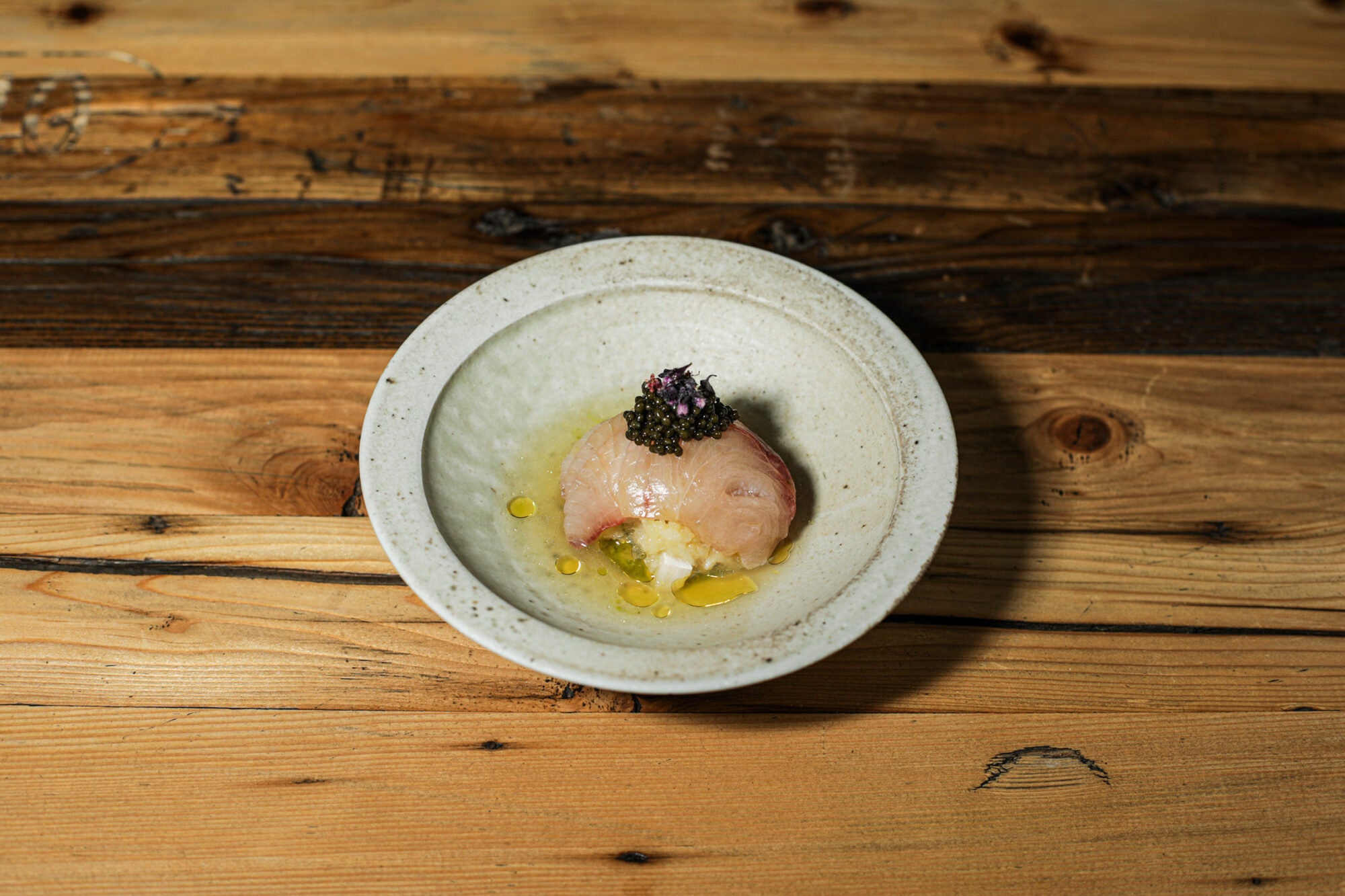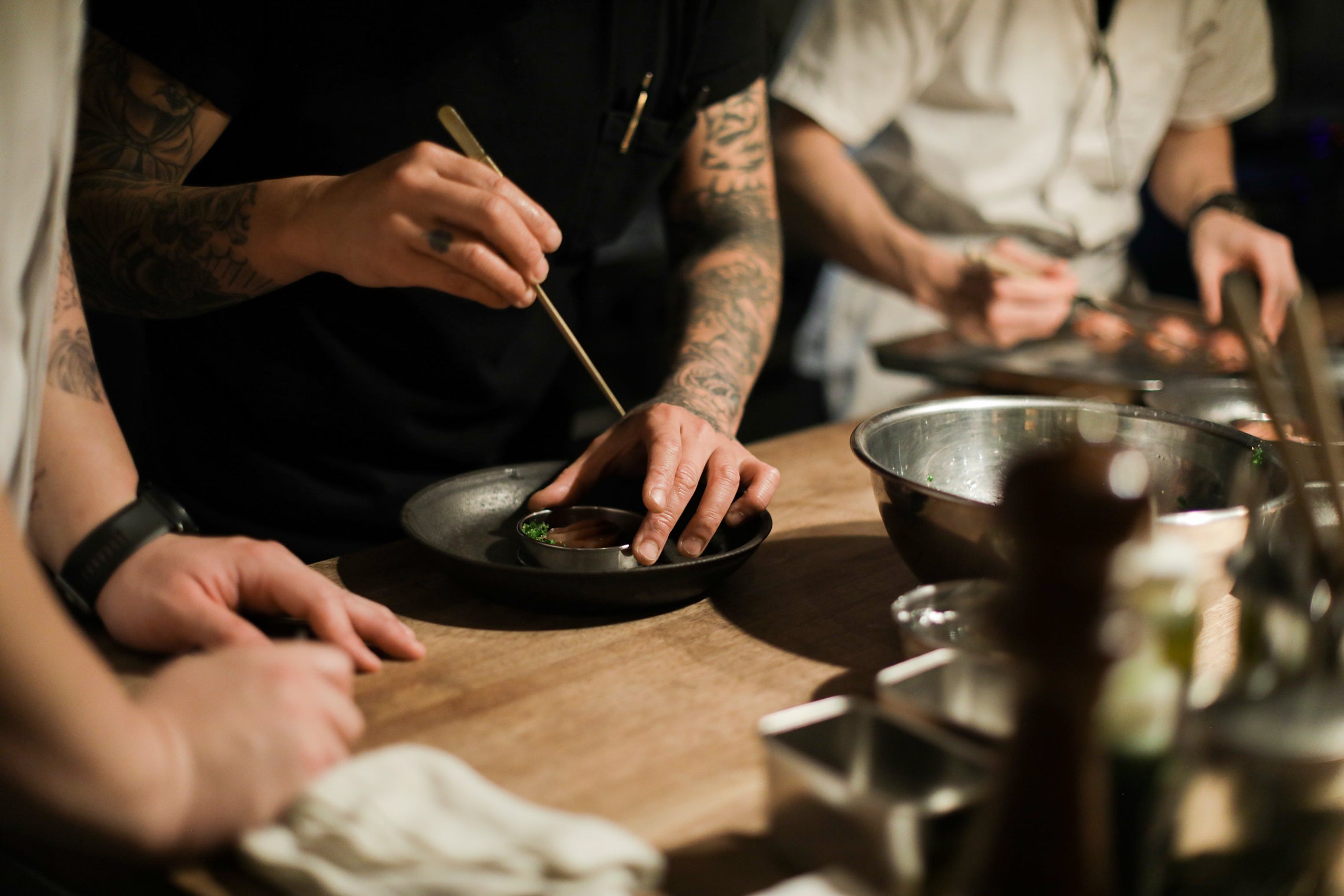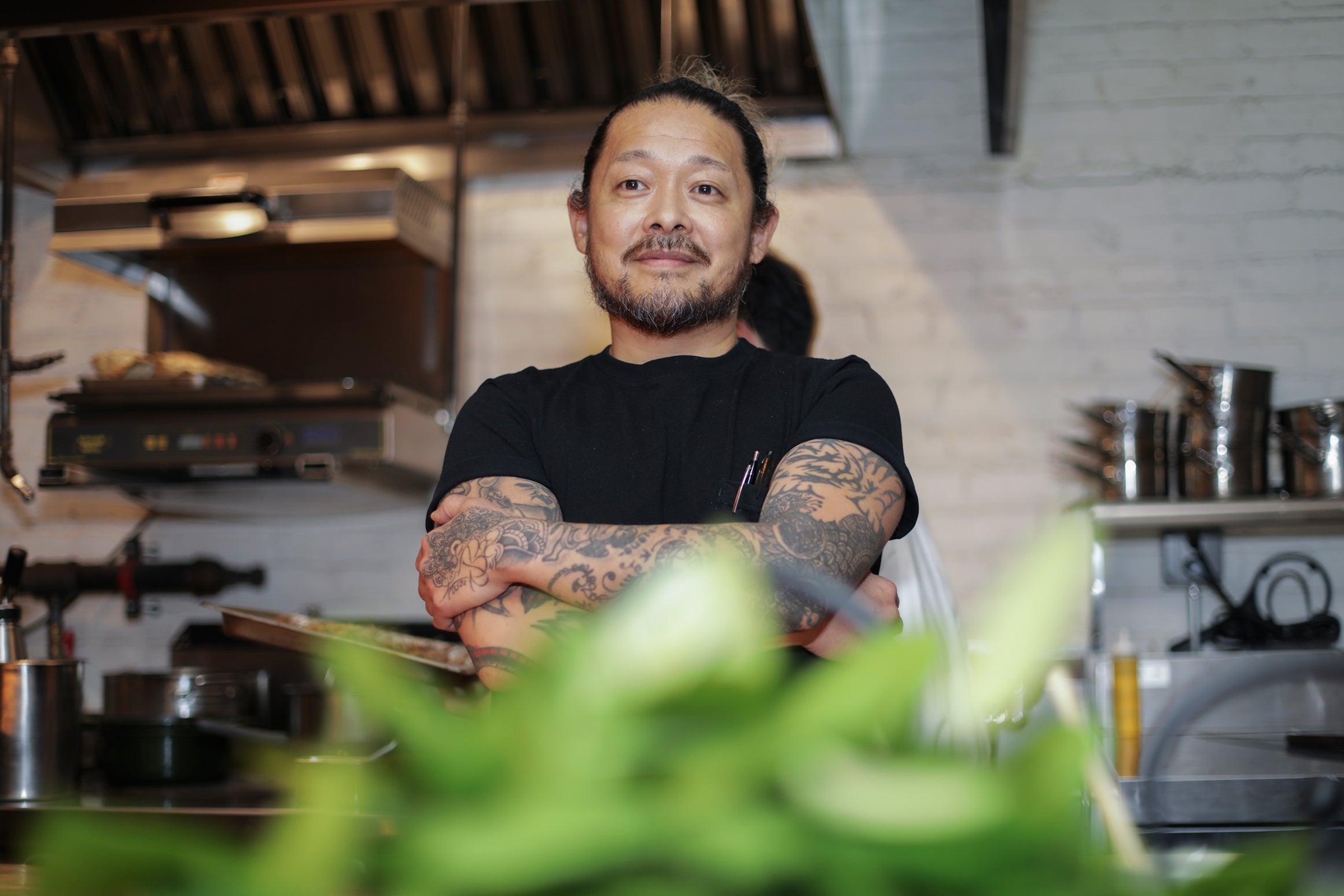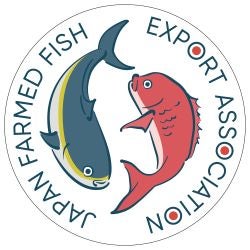
Aquaculture advancements are creating new kinds of fish to crave
The ocean teems with countless types of fish, but on restaurant menus across America, a few staple species reign supreme. We have only love for the rich flavor of fatty tuna, or the delicate nuance of slightly sweet yellowtail. But diversifying the fish we order doesn’t just help offset the overwhelming global appetite for overfished species like salmon and hamachi—it creates opportunities to find a new favorite fish.
In sushi restaurants and beyond, Japanese fish is the standard. The emergence of a new fish may seem unlikely, but the Japanese Farmed Fish Association has spent years partnering with research institutions and aquaculture tech start-ups to create new types of farmed fish that improve on sustainability and flavor. If you love fish, there are two new standards to seek out: Acerola Madai and Burihira, both available in America for the first time this year.
Acerola Madai is a new kind of sea bream that’s 100% fully farmed from hatching, meaning that wild populations of sea bream, which are currently at risk of overfishing, are unaffected. But Acerola Madai is especially notable for its status as a “fruit-fed fish” that consume citrus and fruit-by products, in this case, fish feed spiked with residue powder from harvesting acerola cherries. The high-antioxidant berry grows mostly in Central and South America, but has become increasingly popular in grocery stores around the world in juiced or frozen purée form. Acerola fish feed was developed to imbue fish with acerola-derived polyphenols and vitamins, resulting in vibrant hued flesh with less oxidation or odor. It also reduces food loss by utilizing residue that would typically be thrown out.
“Burihira” is a hybrid fish developed in collaboration with Kindai University Fisheries Research Institute. It is created by crossbreeding female yellowtail (Buri) with male kingfish (Hiramasa) to capture both species’ best qualities— the umami of Buri and the beautiful firm texture of Hiramasa. (These species occasionally breed in the wild, but not with regularity to sell at commercial scale.) “Yellowtail is known for its umami and tenderness but is prone to blood discoloration in the summer,” says a JFFEA rep. “On the other hand, Amberjack has less blood content, firm flesh, and is visually appealing, especially in maintaining quality during the summer.” The result? A tender but firm-fleshed hybrid fish that’s ideal for raw preparations like sashimi or sushi.
Through Kuroshio, a New York-based seafood purveyor, these fish from JFFEA is distributed to New York City restaurants like the contemporary French Japanese restaurant House Brooklyn and Blanca, the Michelin-starred New American tasting menu helmed by lauded chef Victoria Blamey. At Japanese market MOGMOG in Long Island City, Acerola Madai, Burihira, and Himesuma are sold fileted or in sushi bowls.

JFFEA seafood being prepare at House Brooklyn.
“BURIHIRA was impressive for the slow deterioration of fresh fish, especially the slow discoloration of the blood parts. The flesh resembles that of fatty Spanish mackerel,” says a Kuroshio representative. “Acerola Madai surprised me with its meat quality that was close to that of natural fish. I did not notice any odors characteristic of farm-raised fish.” In other words: None of that “fishy” fish smell.
“Buri-Hira is something new and unique to me,” says chef Yuji Tani of House Brooklyn. “It reminds me of Hamachi, which is a younger version of buri, but not exactly the same.” Tani lightly marinates the fish in a soy-sauce based sauce to let the subtle flavor shine. “The flavor is buttery, but slightly milder, younger and also softer than a regular buri. The meat and flesh also shows a clearer contrast between the red and the white parts, making it visually appealing,” he says.

Yuji Tani of House Brooklyn
For now, the appearance of JFFEA’s prize fish is limited in the United States, but the hope is that customer demand and setting up this infrastructure will create a path to a permanent supply. After circulating in New York City earlier this year, you can seek out this fish at four restaurants in Washington DC: the sushi restaurants Sushi Taro and Sushi Ikumi, and the Latin and Spanish seafood restaurants Imperfecto and Casa Teresa. And who knows? In the future, these exciting new fish varietals might become the new seafood staples—or at least, your new favorite.
About Japan Framed Fish Export Association | JFFEA
JAPAN FARMED FISH EXPORT ASSOCIATION (JFFEA) was established in March 2022 with the objective of promoting Japanese farmed fish in global markets. Fish farmers, fishery-cooperations, traders and the related parties constitute the association that is supported by the Japanese government.
